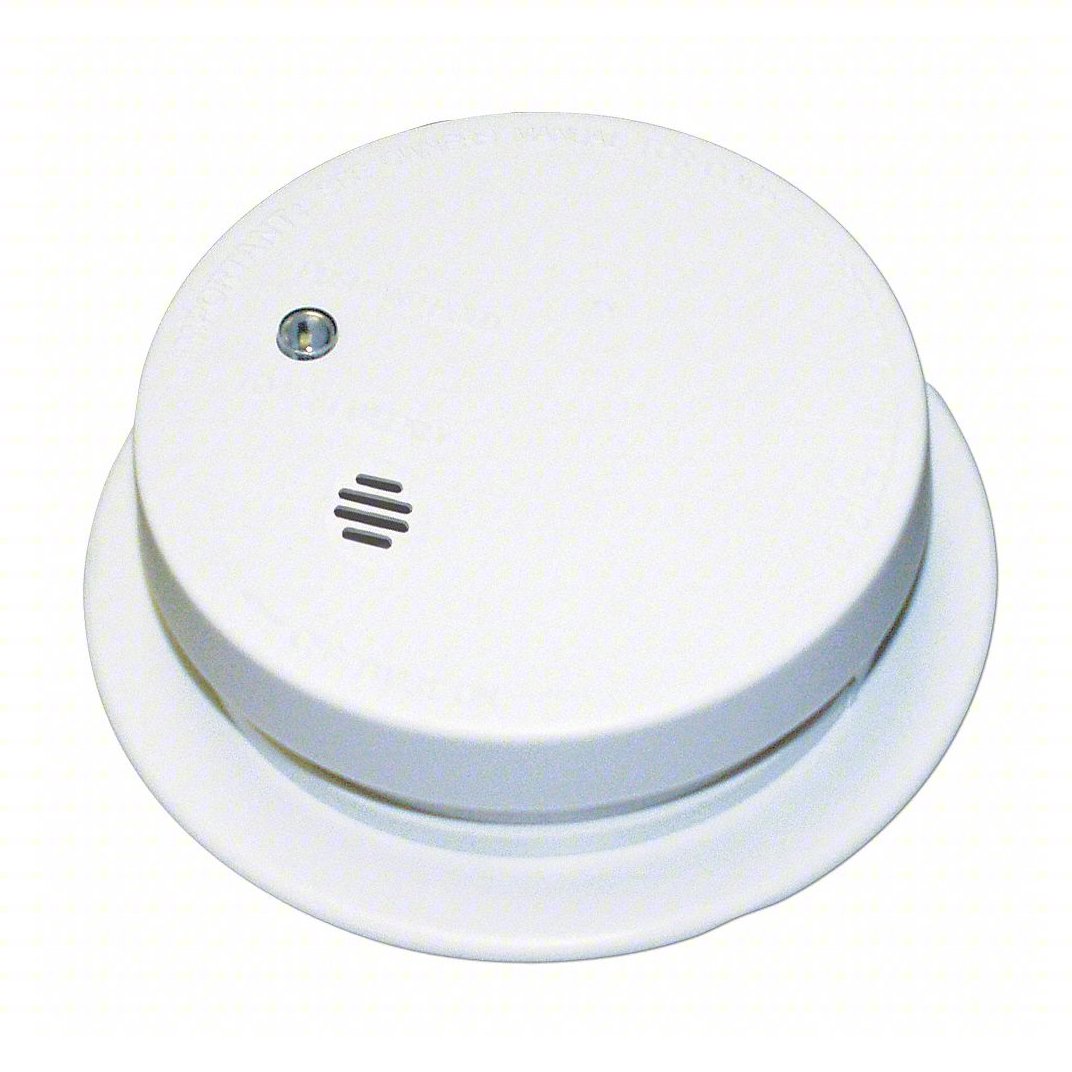Carbon monoxide (CO) is a colorless, odorless, and tasteless gas that poses a significant threat to human health and safety. It is produced when fuels like gas, oil, wood, and coal are burned, and its accumulation in enclosed spaces can lead to severe health issues or even fatalities. To protect your loved ones and yourself from this silent killer, it is imperative to install carbon monoxide alarms in your home. In this blog post, we will explore the key considerations for placing carbon monoxide alarms in your home.
- Understanding Carbon Monoxide
Before discussing the ideal locations for carbon monoxide alarms, it’s important to grasp how CO behaves. Carbon monoxide is slightly lighter than air, which means it tends to rise and mix evenly throughout a room over time. However, it can be influenced by factors such as air circulation and temperature differences.
- Recommended Locations
To maximize the effectiveness of carbon monoxide alarms, follow these guidelines for placement:
a. Near Sleeping Areas: Install a CO alarm in or near each bedroom or sleeping area. This is crucial because CO poisoning often occurs when people are asleep and unaware of the danger.
b. On Each Floor: Place a CO alarm on every level of your home, including the basement. CO can accumulate anywhere there is fuel burning, so it’s essential to cover all areas.
c. Near Fuel-Burning Appliances: Install CO alarms near fuel-burning appliances like furnaces, water heaters, and stoves. Make sure the alarm is within 15 feet of these devices, as this is where CO emissions are most likely to originate.
d. In Hallways and Common Areas: Position CO alarms in hallways and common areas where people spend a significant amount of time. This ensures early detection and alerts everyone in the household.
e. At Eye Level: For wall-mounted alarms, install them at eye level, typically around 5 feet above the floor. This ensures that the alarm will detect CO at breathing level.
- Avoiding Certain Locations
While it’s crucial to have sufficient coverage, there are places where you should avoid placing CO alarms:
a. Directly Above Fuel-Burning Appliances: Don’t place CO alarms directly above stoves, ovens, or other fuel-burning appliances, as they may not accurately detect CO in these locations due to heat or drafts.
b. Near Open Windows or Doors: Avoid placing alarms near open windows or doors, as drafts can affect their accuracy.
- Follow Manufacturer’s Instructions
Always read and follow the manufacturer’s instructions for installing and maintaining carbon monoxide alarms. Each brand and model may have specific guidelines for placement and maintenance.
- Regular Maintenance
In addition to proper placement, regular maintenance of CO alarms is vital. Test your alarms monthly, replace the batteries at least once a year, and replace the entire unit according to the manufacturer’s recommendations, typically every 5-10 years.
Carbon monoxide is a silent and deadly threat that can lurk in our homes. To protect your family, it’s crucial to install carbon monoxide alarms in the right locations. By placing them near sleeping areas, on every floor, near fuel-burning appliances, and in common areas, you can ensure early detection of CO leaks and potentially save lives. Remember to follow manufacturer instructions and perform regular maintenance to keep your alarms in optimal working condition. Your safety and peace of mind are worth the effort.

Comments are closed